Paquime
About the Prehistoric City of Paquimé
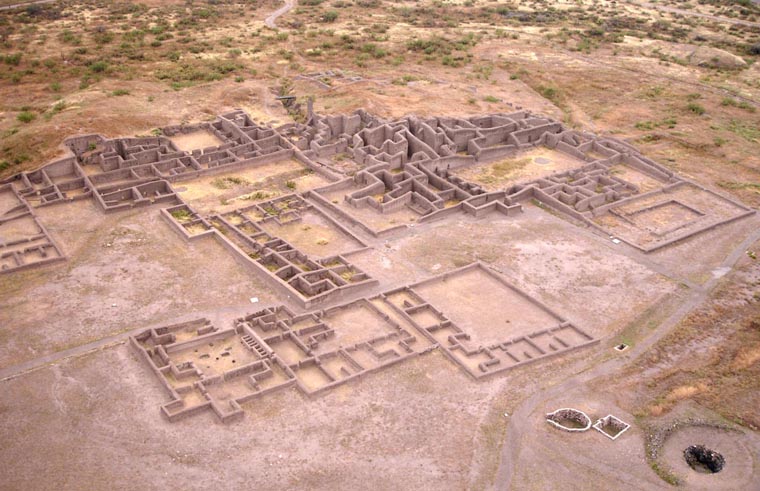
Paquimé was a major center of society, religion, trade and the arts from around 1150 CE to about 1450 CE, when the city was abandoned. When the first Spanish explorer came across the ruins he didn't know what he was looking at as the city was several stories in height and covered a lot of land. But there was no one living there any more.
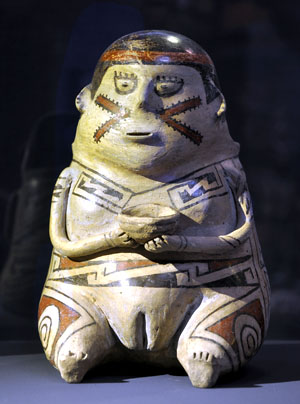
Archaeologists don't know where the first residents came from but there was a major in-migration to the area in the mid-1100s from the north as the Mimbres Valley was being depopulated and people were moving cross-country. That century of the 1100s was unstable with volcanic ash in the air globally and bad weather event after bad weather event happening.
Paquimé is almost squarely in the center of the Mogollon culture back then, the Mimbres Valley was a northern branch. Paquimé was a crossroads with trade routes carrying turquoise south and birds, copper bells and rituals north.
A lot has been made of the many macaw pens found at Paquimé but little mention of the green parrots. Macaws were trafficked to be used as sacrificial offerings to the sun around the time of the Winter Solstice. We don't know what green parrots were for but their remains have been found in only three places north of the jungles where they normally live: Paquimé, Cicuyé (aka Pecos) and Grasshopper Pueblo (a ruin in east-central Arizona).
Archaeologists following the Turquoise Trail found that many threads of that trail passed through Paquimé headed to different destinations in the south. Returns from the south seem to have been sorted at Paquimé and then sent to their destinations in the north.
Paquimé was a melting pot with inputs coming from the Mayans and the Aztecs meeting inputs from the local area and inputs from the north. When the Mimbres Valley was being depopulated, suddenly their pottery designs were popping up at Paquimé. At Paquimé those ideas and designs were developed further. It helped, too, that multiple colors of clay were easily available around the city: there was an explosion of polychrome pottery and figures.


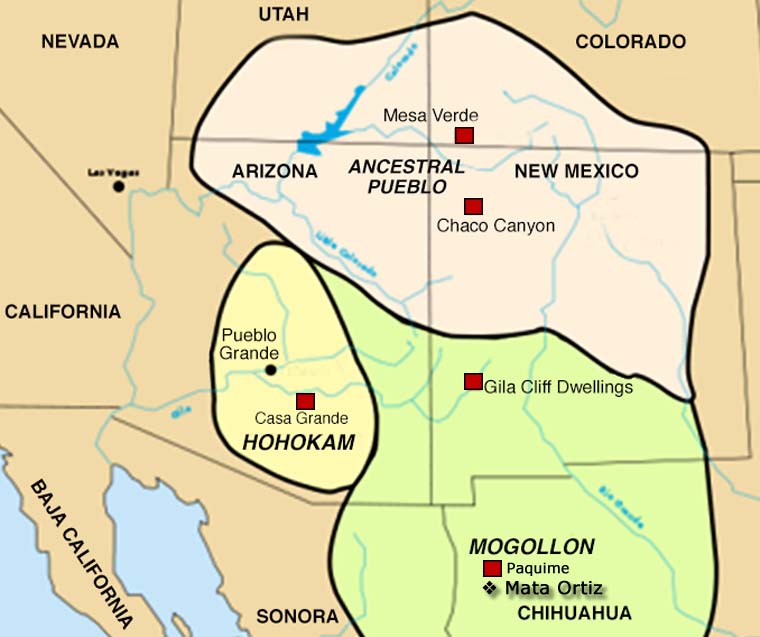
Showing 1–12 of 22 results
-

Angela Corona, zzcg3b113, Owl effigy with an owl, branch and geometric design
$125.00 Add to cart -

Angela Corona, zzcg3b114, Owl effigy with an owl, branch and geometric design
$290.00 Add to cart -
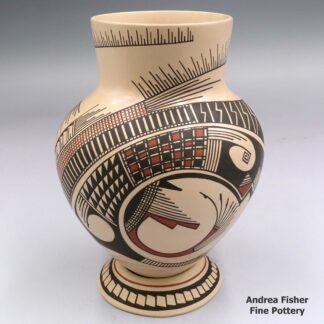
Cesar Bugarini, zzcg1l300m5, Polychrome jar with a geometric design
$225.00 Add to cart -

Cesar Bugarini, zzcg1l300m8, Polychrome jar with geometric design and matching stand
$225.00 Add to cart -
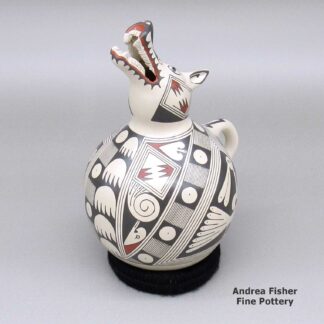
Gerardo Tena, zzcg3c213m1, Wolf effigy with bird and geometric design
$450.00 Add to cart -
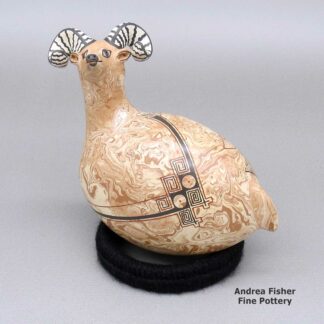
Gerardo Tena, zzcg3c213m10, Marbleized clay bighorn ram effigy with a geometric design
$450.00 Add to cart -

Gerardo Tena, zzcg3c213m4, Chicken effigy jar with a geometric design
$450.00 Add to cart -
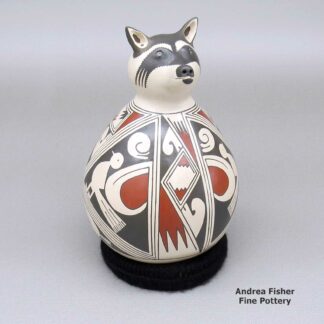
Gerardo Tena, zzcg3c213m6, Raccoon effigy jar with bird and geometric design
$450.00 Add to cart -
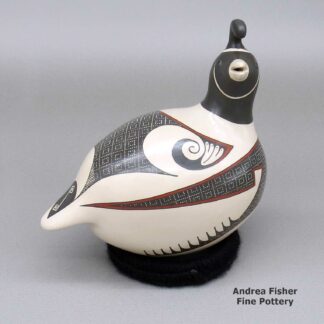
Gerardo Tena, zzcg3c213m7, Quail effigy with a geometric design
$450.00 Add to cart -
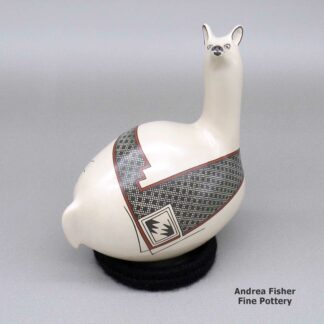
Gerardo Tena, zzcg3c213m8, Llama effigy with a geometric design
$450.00 Add to cart -
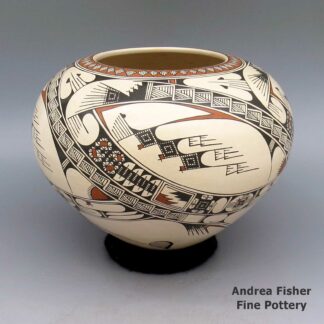
Ismael Flores, llcg2g036, Polychrome jar with geometric design
$675.00 Add to cart -

Jose Luis Loya, lscg3b171, Polychrome jar with a geometric opening and design
$725.00 Add to cart
Showing 1–12 of 22 results